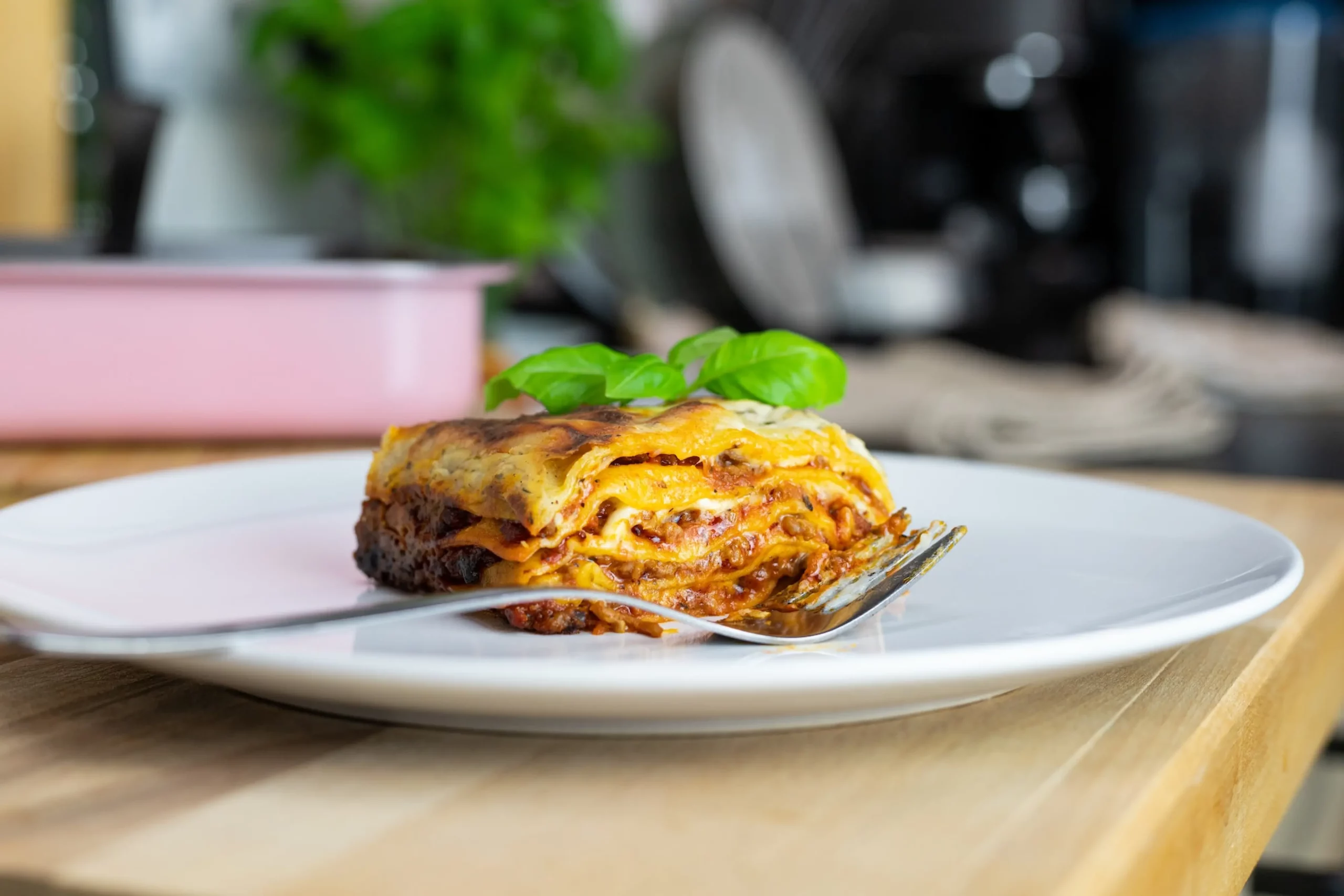QUID stands for Quantitative Ingredient Declaration.
It’s the % of particular ingredients in a product shown beside the ingredient list on a food label.
In this coffee and walnut cake example, the QUID is the % number in brackets after the ingredient name:
Ingredients: Brazilian Coffee Buttercream (29%) [Sugar, Butter (Milk), Glucose Syrup, Water, Coffee Powder, Invert Sugar Syrup, Emulsifiers (Mono- and Di-Glycerides of Fatty Acids, Polyglycerol Esters of Fatty Acids)], Wheat Flour (WheatFlour, Calcium Carbonate, Iron, Niacin, Thiamin), Dark Brown Sugar, Rapeseed Oil, Free Range Pasteurised Egg, Sugar, Walnuts (3.5%), Whole Milk, Humectant (Glycerol), Palm Oil, Free Range Pasteurised Egg White, Cornflour, Coffee Powder, Raising Agents (Disodium Diphosphate, Sodium Bicarbonate), Salt.
Why is it important?
QUID declaration enables a consumer to make a more informed choice from similar products. In this example it is easy to see exactly how much Walnut and Coffee is in the Coffee & Walnut Cake.
Which ingredients are labelled?
The QUID tells a customer the percentage of particular ingredients contained in a food product. However, this doesn’t apply to all of the ingredients. For example, the quantity of an ingredient is shown when:
- It appears in the name of the food, e.g. pork in a pork sausage or strawberry in a strawberry yoghurt.
- When the consumer connects the ingredient with the name, e.g. fruit in a summer pudding or lamb in a shepherd’s pie.
- When it is emphasised by words, pictures or graphics on the label, e.g. if there is a picture of an apple on the label or “made with real butter”.
- If it characterises a food and distinguishes it from products with a similar name or appearance for example lasagne made with pork must show the QUID for the pork because it characterises the product and distinguishes it from a regular lasagne, which is usually made with beef.
Are any foods exempt?
- Food (except for meat products) which is not prepacked.
- Food prepacked on the premises from which it is sold.
- When only small quantities of the ingredient are used for flavouring.
- Where the quantity of the ingredient can vary in quantity without altering the character of the food. For example, you don’t need a QUID for flour in a flour tortilla.
- Mixed fruit, nuts, vegetables, spices and herbs, shown as “in variable proportions” where no one predominates, for example a vegetable soup.
How should QUID be displayed?
QUID is a little bit complicated and how you display it will depend on the type of food you are selling.
In pre-packed food, the information can either be as a percentage in brackets in the ingredients list after the name of the ingredient, e.g. ‘chicken (80%)’ or next to the name of the food, e.g. ‘containing 80% chicken’.
There are specific rules such as those for jam where weight of fruit used has to be included e.g. ‘prepared with 500g of strawberry per 100g’.
Why don’t the ingredients add up to 100%?
The ingredients in an ingredient list will always be specified in order of weight, but there may be occasions where the quantities do not add up.
The complication comes from the rules that require you to add the amount of ingredients as added to the food at each step of its production. It is called the ‘mixing bowl’ rule.
In a simple process, this works well and the ingredients add up to 100%. But in a process with many steps, and where moisture is lost in intermediate drying, toasting or curing stages, the maths becomes more complex and illogical, and 100% will not be the sum of the ingredients.
This is why you will find products such as salami containing over 100% meat, because this is the weight before the curing process.
The QUID percentages can’t always be taken as the exact amount in the final product, but can be used to help consumers check how much of a specified ingredient has been used in the production of their product.
How can Nutritics help you with QUID?
Nutritics’ food labelling software will automatically indicate % values for your recipe ingredients – you can choose to turn these on or off or change the format of the declaration to meet your needs.
